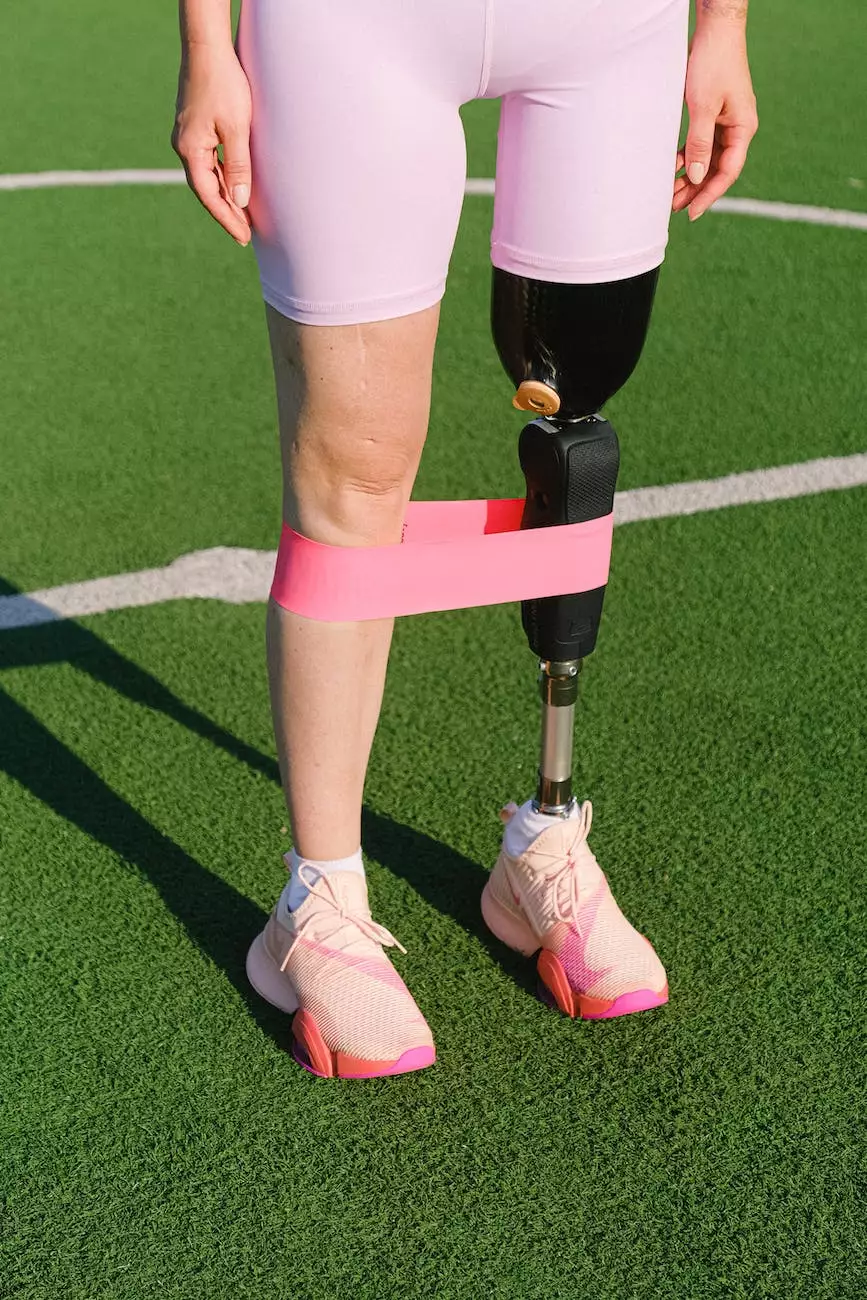Uneven Surface vs. Unstable Surface Balance Training
Blog
Welcome to the Phoenix Medical Services blog, where we explore various topics related to health, fitness, and overall well-being. In this article, we will delve into the world of balance training and shed light on the differences between uneven surface and unstable surface balance training techniques. Whether you are an athlete, a fitness enthusiast, or someone looking to improve their balance, this article will provide you with valuable insights and guidance.
The Importance of Balance Training
Balance is a fundamental aspect of human movement. It plays a crucial role in our daily activities, athletic performance, and overall quality of life. By improving your balance, you can enhance stability, decrease the risk of falls and injuries, and optimize your physical capabilities.
Phoenix Medical Services understands the significance of balance training and offers a range of specialized programs to help individuals improve their balance. Two popular techniques utilized in our training programs are uneven surface balance training and unstable surface balance training.
Uneven Surface Balance Training
Uneven surface balance training involves performing exercises on surfaces that have varying levels of stability. This technique challenges your balance by introducing different elevations, textures, and angles, replicating real-life scenarios where you encounter uneven terrains.
By incorporating uneven surfaces into your balance training routine, you engage multiple muscle groups, including the stabilizing muscles in your feet, ankles, and core. This encourages better proprioception, spatial awareness, and overall stability. Additionally, uneven surface training can improve your body's ability to adapt to different surfaces and environments.
Unstable Surface Balance Training
Unstable surface balance training, on the other hand, involves exercises performed on surfaces that are inherently unstable. These surfaces are designed to be unstable, such as balance boards, stability balls, or wobble cushions. The objective of this technique is to challenge your balance by forcing your muscles to constantly adjust and stabilize.
By training on unstable surfaces, you activate your deep stabilizer muscles, which are responsible for maintaining balance and joint integrity. These muscles are often neglected in traditional forms of exercise, making unstable surface training an effective way to target and strengthen them.
Benefits and Considerations
Both uneven surface and unstable surface balance training offer unique benefits. Uneven surface training helps improve proprioception, stability, and adaptability, making it beneficial for individuals participating in activities that require agility and balance on uneven terrains.
Unstable surface training, on the other hand, targets deep stabilizer muscles, enhances joint stability, and improves core strength. This technique can be particularly useful for athletes looking to enhance their performance, individuals rehabilitating from injuries, or those seeking to improve their overall balance and body control.
When incorporating these training techniques into your routine, it is important to start with appropriate progressions and ensure proper form and safety. Consulting with a qualified professional, such as the experts at Phoenix Medical Services, can help you design a balanced training program tailored to your specific needs and goals.
Conclusion
In conclusion, balance training is a fundamental element of overall well-being, and both uneven surface and unstable surface balance training techniques have their unique advantages. By incorporating these techniques into your fitness routine under professional guidance, you can improve stability, enhance athletic performance, and reduce the risk of injuries. Reach out to Phoenix Medical Services today to discover how our comprehensive balance training programs can benefit you.









